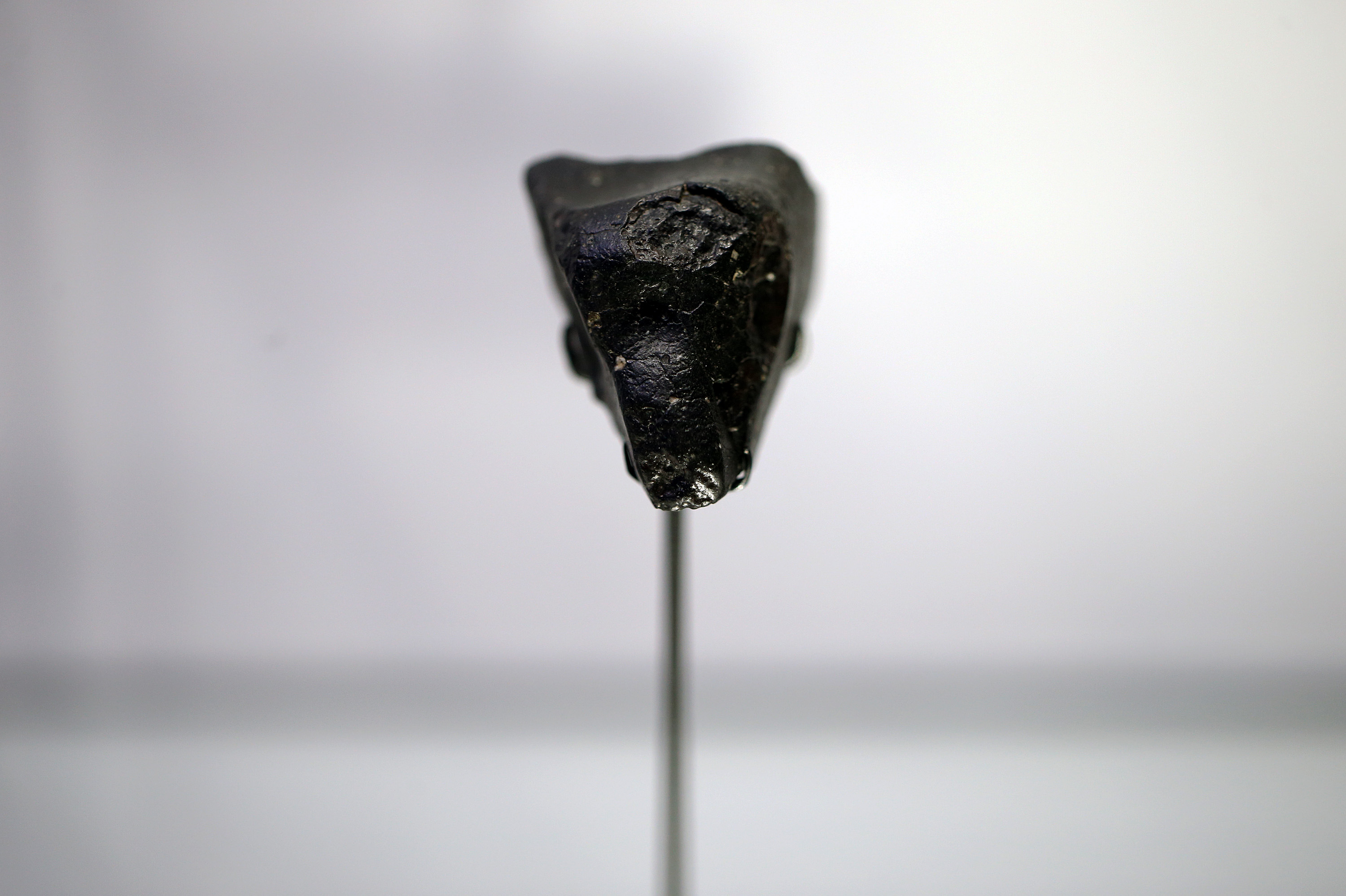Meteorite hunt! Museum offers $25k reward for fragment of Maine space rock
NASA dropped a Google Maps pin where it may have fallen, in case you want to get searching.

Get out your adventuring gear: It's time for a full-on meteorite hunt.
Residents across Washington County, Maine were treated to a rare sight last Saturday, April 8, as a fireball streaked across the sky. Now, the Maine Mineral and Gem Museum in Bethel is offering a hefty reward for anyone who can produce a significant fragment of the meteorite.
Half a dozen reports to the American Meteor Society (AMS) Saturday provided eye-witness details to the mid-day spectacle. One of the AMS reports comes from Caroline B., who wrote, "Ball was bright red and smoke trail was very white and it was so bright — especially against the clear blue sky." Another, Clara T, said "it had a long glowing tail."
Related: What Are Meteorites?
These type of larger bright fireballs are known as bolides, which aren't entirely uncommon — an occurrence like this happens about once a year. However, it's not always a guarantee that fragments will survive the trip through Earth's atmosphere.
According to an April 10 release, which was followed up by a post on their Facebook page Wednesday (April 12), the Maine Mineral and Gem Museum is offering $25,000 for a kilogram-size piece of Saturday's meteorite.
"The Maine Mineral and Gem Museum in Bethel, Maine — which contains the single largest specimens of both the moon and Mars on Earth — is offering a $25,000 reward for the first one kilogram meteorite recovered," their release reads in part.
Get the Space.com Newsletter
Breaking space news, the latest updates on rocket launches, skywatching events and more!

NASA was also able to track the shooting star using the NEXRAD radar system, and notes that this was the first radar-tracked meteorite observed in Maine. Per NASA's website, "the first appearance of falling meteorites occurs at 15:57:43.5 UTC and an altitude of 7,440m above sea level. The last signature appeared at 16:02:23.7 UTC and 2,376m, for a total elapsed observation time of 4 minutes and 40 seconds."
Calculations from the space agency estimate this meteorite had a mass between 1.59g to 322g, but adds larger pieces may have been present that weren't tracked. NASA also provided a map with impact area estimates for anyone wanting to go in search of meteorite fragments.
If you do decide to go in search of this particular meteor, be sure whatever you bring in for the reward is a bona fide space rock. In their post, the Maine Mineral and Gem Museum says that any specimens brought in must first be tested and verified by the organization's own research lab technologist, which the museum is expecting you to pay for.
They also state that "specimens exhibiting advanced botanical matter are not from this fireball event! And please remember: You must obtain land owner permission BEFORE meteorite hunting."
Good luck and happy meteorite hunting!
Follow us @Spacedotcom, or on Facebook and Instagram.
Join our Space Forums to keep talking space on the latest missions, night sky and more! And if you have a news tip, correction or comment, let us know at: community@space.com.

Josh Dinner is the Staff Writer for Spaceflight at Space.com. He is a writer and photographer with a passion for science and space exploration, and has been working the space beat since 2016. Josh has covered the evolution of NASA's commercial spaceflight partnerships and crewed missions from the Space Coast, as well as NASA science missions and more. He also enjoys building 1:144-scale model rockets and human-flown spacecraft. Find some of Josh's launch photography on Instagram and his website, and follow him on X, where he mostly posts in haiku.









